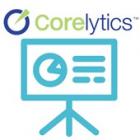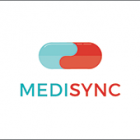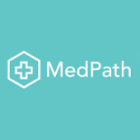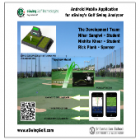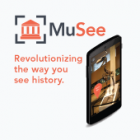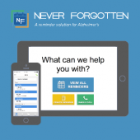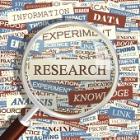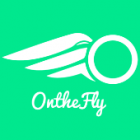
Love and the Laws of Ranganathan
For every book it’s reader, for every online dater their perfect match? More and more people are turning to dating sites and apps to find true love, but finding that match can be incredibly difficult. In 1931, Ranganathan, devised the Five Laws of Library Science, which connect books and readers. Using Ranganathan’s Laws as the theoretical framework, the team tackled these questions: How do people use online dating profiles? What attracts people to certain profiles? How can Ranganathan’s Laws of Library Science be adapted to online dating profiles to help users find each other? By conducting a literature review and interviews, the team delivers the “Five Laws of Online Dating Profiles” and recommendations on getting a profile noticed. This information can help researchers who are interested in studying online dating, developers of online dating apps and websites, and online daters looking to improve their profiles.


